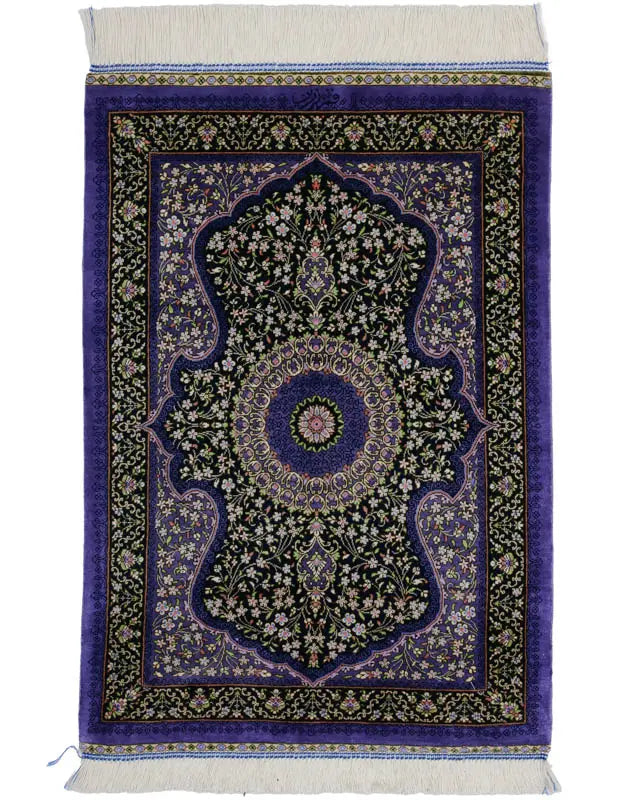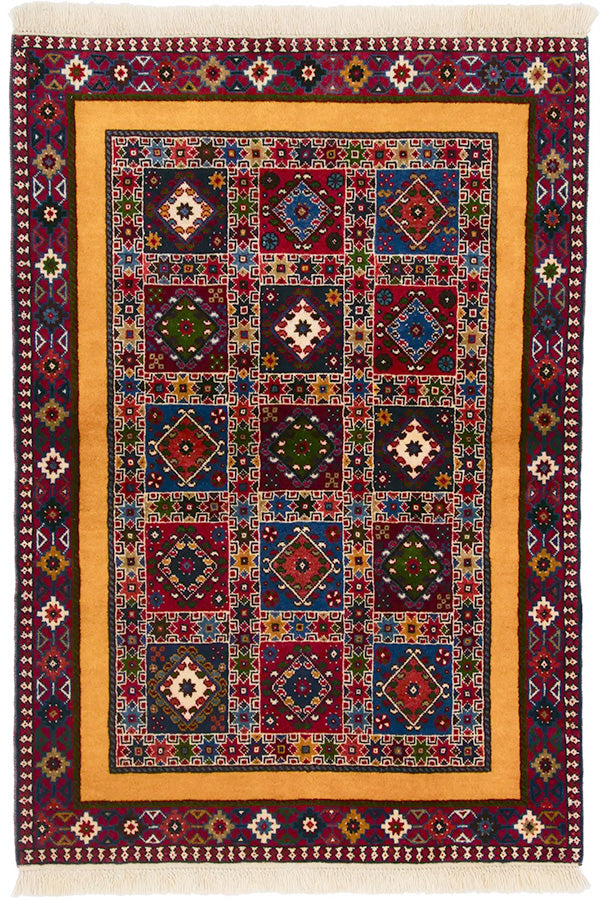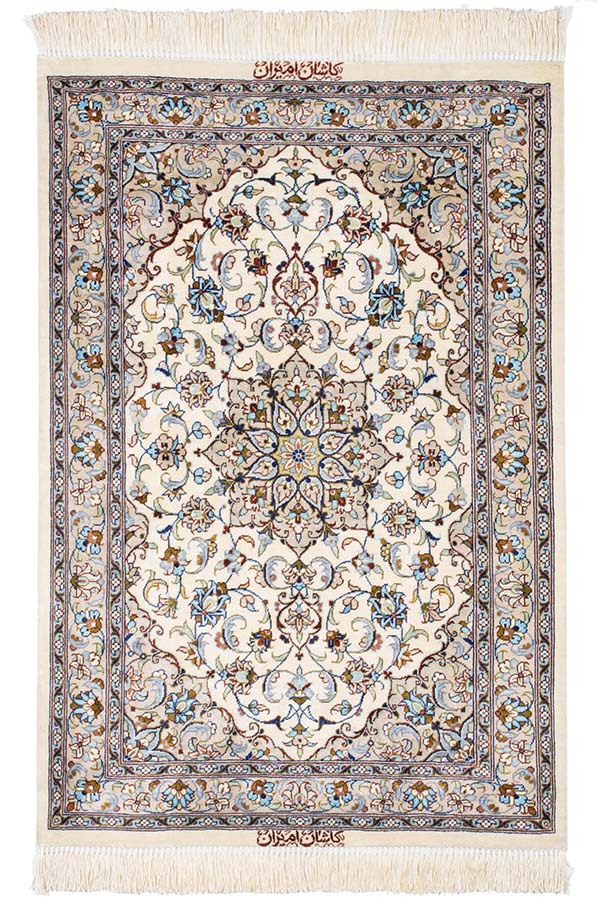Hereke carpets are high-quality hand-woven carpets that have traditionally been woven in Hereke, a town in northwest Turkey near Istanbul. Their origins date back to 1841, when the then Ottoman Sultan (Emperor) Abdülmecid I established the Hereke Imperial Manufactory, a textile factory for the royal court. The Sultan gathered skilled craftsmen from all over the empire to weave rugs for the palace, and the carpets produced here became known as Hereke carpets.
During the Ottoman Empire, Hereke carpets were produced in huge sizes to decorate the halls of palaces. A representative example is the Ambassador's Hall in Istanbul, where a Hereke carpet measuring approximately 120 square meters is laid out. Initially, they were limited to decorating the interior of the palace, but after the interior of the palace was completed, they also came to be used as official gifts for foreign dignitaries. It was not until 1890 that they were allowed to be sold on the general market, and even then, only a limited number of merchants were allowed to handle them.
After the collapse of the Ottoman Empire, production temporarily decreased, but in the mid-20th century, traditional techniques were revived by skilled weavers, and the production of Hereke carpets continues to this day.
Hereke carpet designs are heavily influenced by Ottoman culture and Islamic art. Geometric and plant motifs are predominant, with intricate arabesque and floral patterns. Traditional themes include prayer carpets incorporating the mihrab (a prayer arch design) that imitates the niche of an Islamic prayer hall, and designs centered around the Tree of Life.
The color scheme often uses deep, vibrant colors, combining deep shades of crimson, azure, and deep green with ivory, gold, and beige.
Historically, Hereke carpets have been used by royalty and nobility, and their name is known as a symbol of luxury and the highest quality. Even today, they are considered to be among the finest hand-knotted carpets in the world, and are considered to be on a par with famous Persian carpets from Isfahan, Qom, and Tabriz in Iran.





